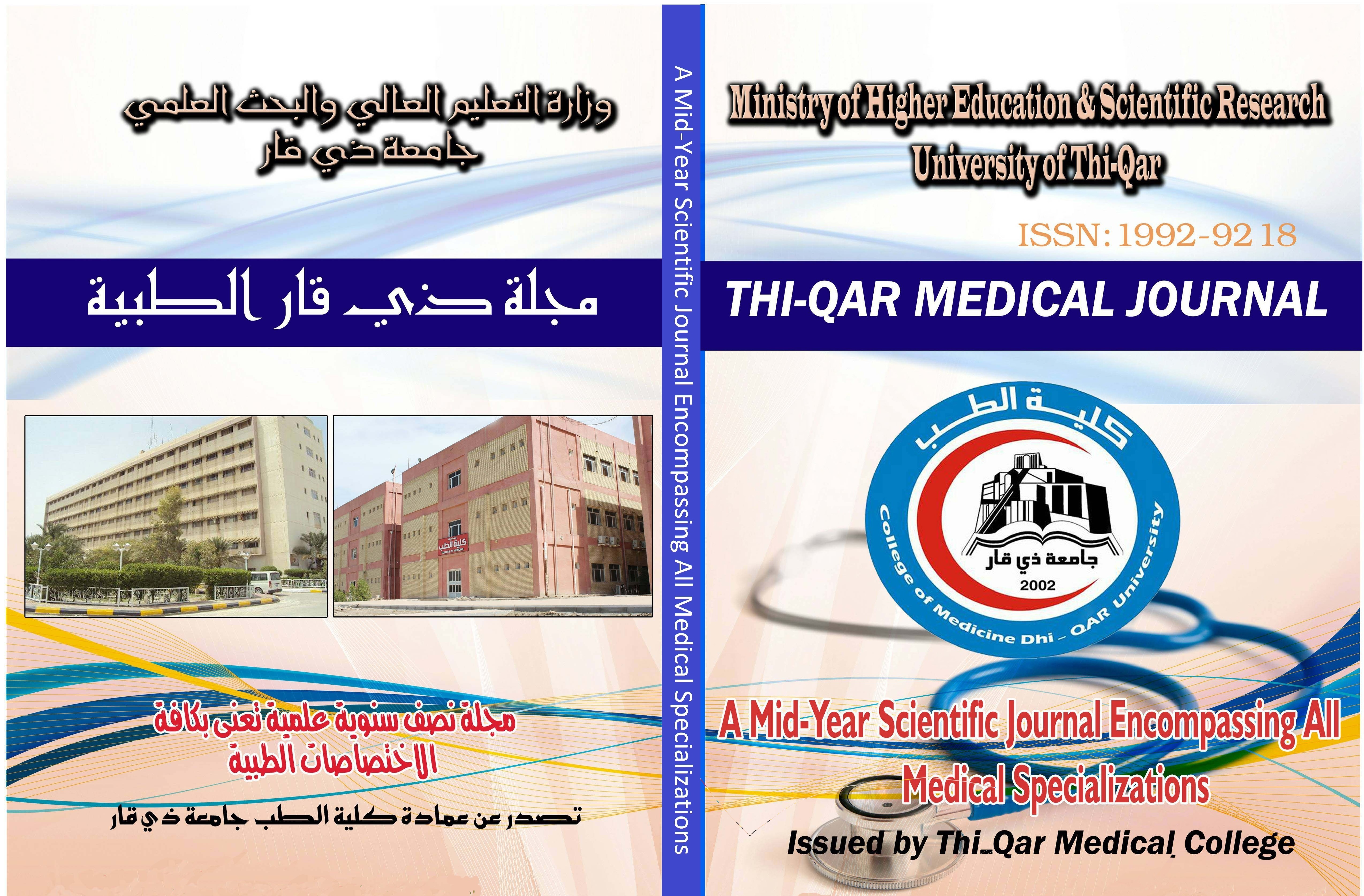Abstract
Background:
Metacarpal and phalangeal fractures are commonly encountered fractures, majority
of them are stable and can be treated by non-operative means, however, unstable
fractures i.e. those with shortening, displacement, angulation, rotational deformity
or segmental fractures need surgical intervention. This prospective study was
undertaken to evaluate the functional outcome after surgical stabilization of these
fractures by K-wire using different techniques.
Materials and Methods:
A prospective study was conducted between December 2010 and October 2012.
Seventeen patients with 21 unstable metacarpal and phalangeal fractures were
treated by surgical stabilization using K-wire with different techniques. Fractures of
the thumb and distal phalanx were excluded. All the patients were followed up for a
minimum of three months. They were assessed radiologically and clinically. The
evaluation of the functional outcome was measured according to Belsky's criteria.
Results:
All fractures achieved union with a mean of 8.5 weeks, no delayed union or
nonunion or infection was reported, but stiffness has happened in 4(19%) fractures
and mal-union in 2(10%) cases. Overall functional results were excellent to good in
17(81%) of cases and fair to poor in 4(19%) of cases .A better functional outcome
was achieved in metacarpal fractures with excellent - good in (85%) as compared
with phalangeal fractures with good results in (75%), Closed fractures (93%)
excellent - good as compared to compound fractures with (50%) good results.
Functional Outcome after Surgical Fixation of Metacarpal and
Phalangeal Fractures using K Wire
Conclusion:
K-wire is a sound method of fixation for unstable metacarpal and phalangeal
fractures that could give good results, regarding fracture union, functional outcome,
with low complication rate. Metacarpal and closed fractures show a better
functional outcome than phalangeal& compound fractures.
Metacarpal and phalangeal fractures are commonly encountered fractures, majority
of them are stable and can be treated by non-operative means, however, unstable
fractures i.e. those with shortening, displacement, angulation, rotational deformity
or segmental fractures need surgical intervention. This prospective study was
undertaken to evaluate the functional outcome after surgical stabilization of these
fractures by K-wire using different techniques.
Materials and Methods:
A prospective study was conducted between December 2010 and October 2012.
Seventeen patients with 21 unstable metacarpal and phalangeal fractures were
treated by surgical stabilization using K-wire with different techniques. Fractures of
the thumb and distal phalanx were excluded. All the patients were followed up for a
minimum of three months. They were assessed radiologically and clinically. The
evaluation of the functional outcome was measured according to Belsky's criteria.
Results:
All fractures achieved union with a mean of 8.5 weeks, no delayed union or
nonunion or infection was reported, but stiffness has happened in 4(19%) fractures
and mal-union in 2(10%) cases. Overall functional results were excellent to good in
17(81%) of cases and fair to poor in 4(19%) of cases .A better functional outcome
was achieved in metacarpal fractures with excellent - good in (85%) as compared
with phalangeal fractures with good results in (75%), Closed fractures (93%)
excellent - good as compared to compound fractures with (50%) good results.
Functional Outcome after Surgical Fixation of Metacarpal and
Phalangeal Fractures using K Wire
Conclusion:
K-wire is a sound method of fixation for unstable metacarpal and phalangeal
fractures that could give good results, regarding fracture union, functional outcome,
with low complication rate. Metacarpal and closed fractures show a better
functional outcome than phalangeal& compound fractures.
Keywords
K- wire fixation.
Metacarpal fractures
Phalangeal fractures
